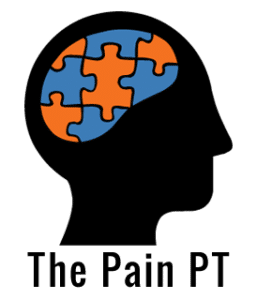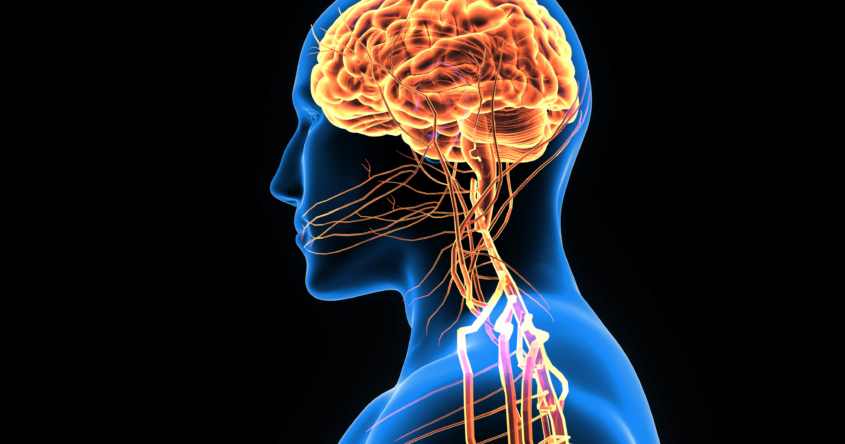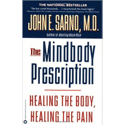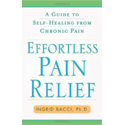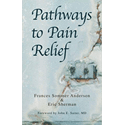Somatization in those with chronic symptoms
Wanted to touch on somatization again here as it’s something that is a focus point of the work I do with people with chronic somatic symptoms. According to this research paper, “more than one-third of the symptoms reported by outpatients remain medically unexplained after adequate evaluation and somatizing patients account for 10–20% of total medical care expenditures in the USA. In these cases, symptom etiology may be understood as an amplification of benign bodily symptoms and minor, self-limited ailments. Such bothersome symptoms are ubiquitous, arising and subsiding in the daily lives of healthy non-patients, and they constitute a reservoir of uncomfortable bodily sensations that are available for amplification. Community survey respondents report a median of five symptoms in the past week and 23% of them reported 10 or more symptoms; headache is reported by 45%, back pain by 37%, insomnia by 24%, fatigue by 19%, dizziness by 17%, and abdominal pain by 11%”
The authors go on to say “somatization may thus be thought of as a diathesis towards symptom amplification due to a top-down tendency to misinterpret and misunderstand bothersome and uncomfortable bodily sensations that are medically unexplained.”
They mention three mechanisms that drive this cycle of symptom amplification:
- more intensive monitoring of one’s bodily sensations;
- increased bodily scrutiny in search of corroborative evidence of disease;
- and disconfirmatory bias that causes the individual to ignore evidence that contradicts his/her suspicion that something serious is wrong.
The first and most important thing to do is establish a diagnosis of somatization by subsequently ruling out any underlying physical or organic causes to the symptoms. Once the diagnosis is given, we can move forward in changing the brain patterns that underlie the somatization and give confidence to the patient that they are truly OK and can go back to their lives in a healthy way.
